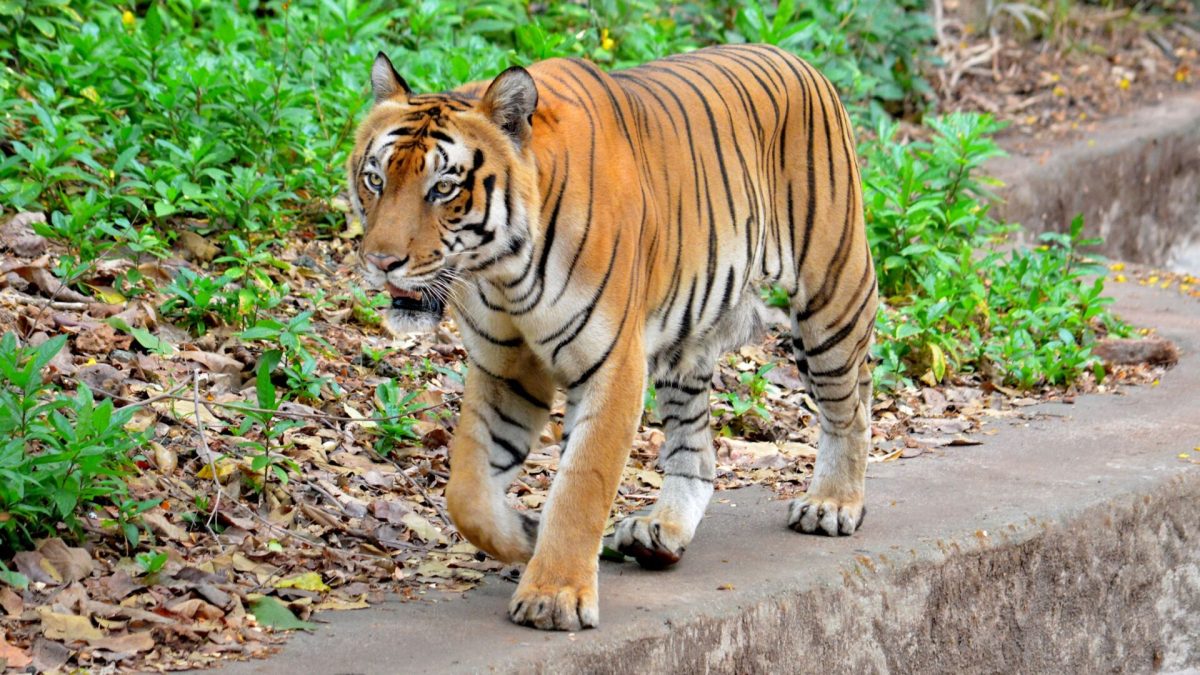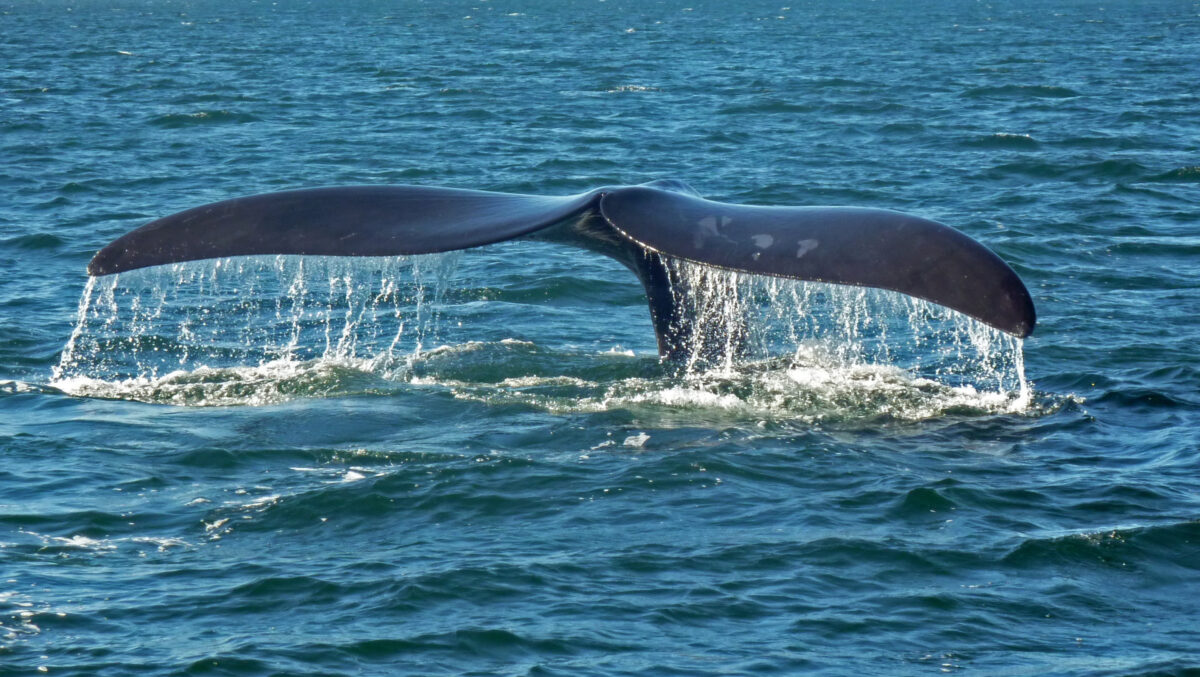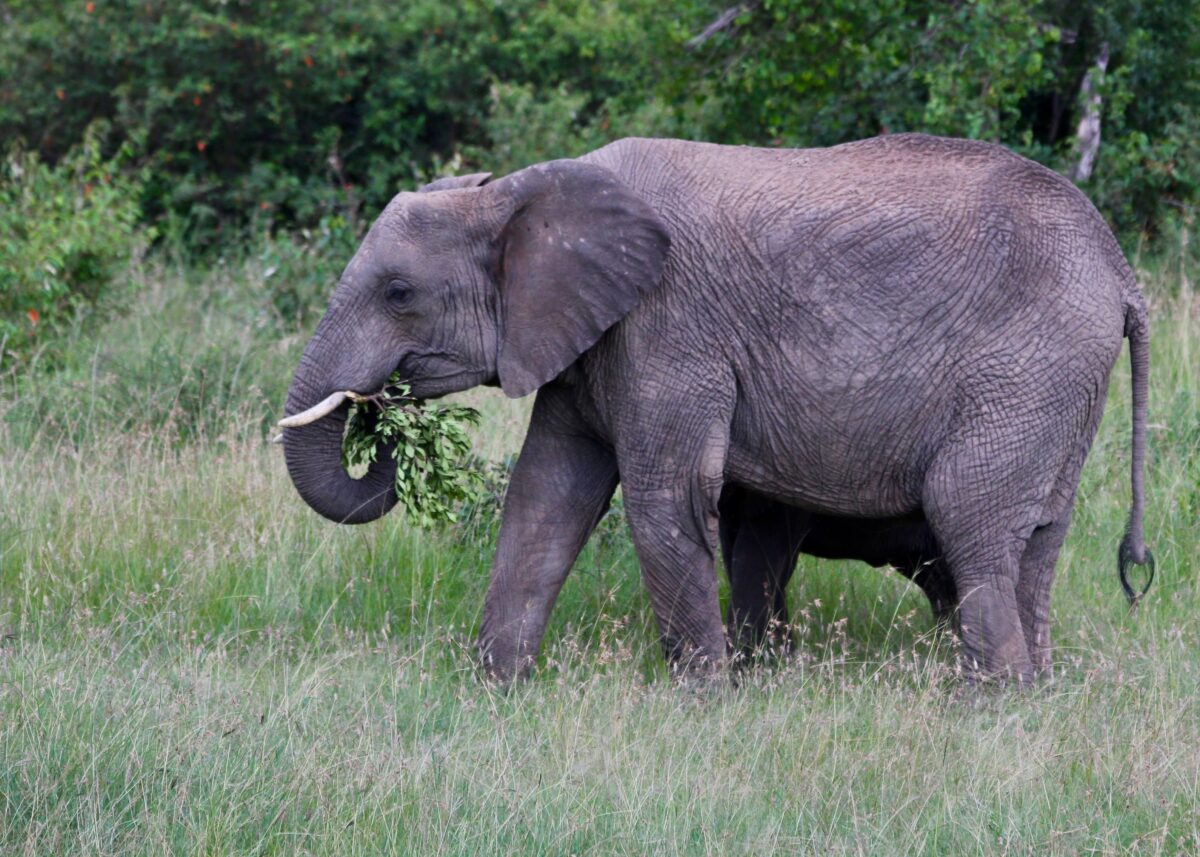Vacuums have been a staple household commodity for decades, and now, the marketing has a new target: scientists. And no, I’m not trying to make a humorous spin towards the space vacuums of physics; I’m talking about something similar to that Dyson-in-your-closet vacuum. The difference is that instead of sucking your dog’s hair out of the rug, these scientists are sucking your dog’s DNA out of the air.
As published in the journal Science Direct, scientists have found a way to implement vacuum technology into ecology work to document the movement and interactions of terrestrial animals. The collection of environmental DNA, or eDNA, has been conducted for years in aquatic environments, however it’s never fully been tested or implemented in a terrestrial environment. Although not a true vacuum, the pump used to gather the samples works in a similar fashion with an intake tube that feeds air through filters. The scientists tested the technology at a zoo in the United Kingdom and were able to filter out DNA from the surrounding zoo enclosures as it sifted through the breeze. The eDNA collected was compared to databases of known species’ DNA sequences in order to identify animals in the samples.
As expected, 25 species were detected in the samples, 17 of which came from terrestrial zoo animals and the remaining came from native species. Surprisingly, over one third of the detections came from the food supply of the zoo animals, including cows, horses, pigs, and chickens. Distance did not seem to be a factor, as traces of a species were found in some cases hundreds of feet away from the animal’s enclosure due to wind patterns. Most interesting of all was the identification of an unknown inhabitant of the area: the Eurasian Hedgehog, endangered in the UK.
With confirmed success, more opportunities have opened for the world of biomonitoring. Ecologists, conservationists, and anthropologists alike can track the movement of animal populations in and out of regions, as well as create more accurate habitancy zones for animals, which helps professionals construct more informed plans for urban development in the future; this can also all be done while remaining noninvasive towards nature. It’s also important to note that, with this technology, endangered animals such as the Eurasian Hedgehog can be monitored more closely to ensure their survival for future generations to come.
Categories:
Dust (and DNA) in the wind
Abagail Goff, Contributor
September 15, 2022
Wikimedia, provided
The tiger is a representative of a specimen for the collection of environmental DNA, or eDNA.
0
Donate to The Tiger
Your donation will support the student journalists of Clemson University. Your contribution will allow us to purchase equipment and cover our annual website hosting costs.
More to Discover














